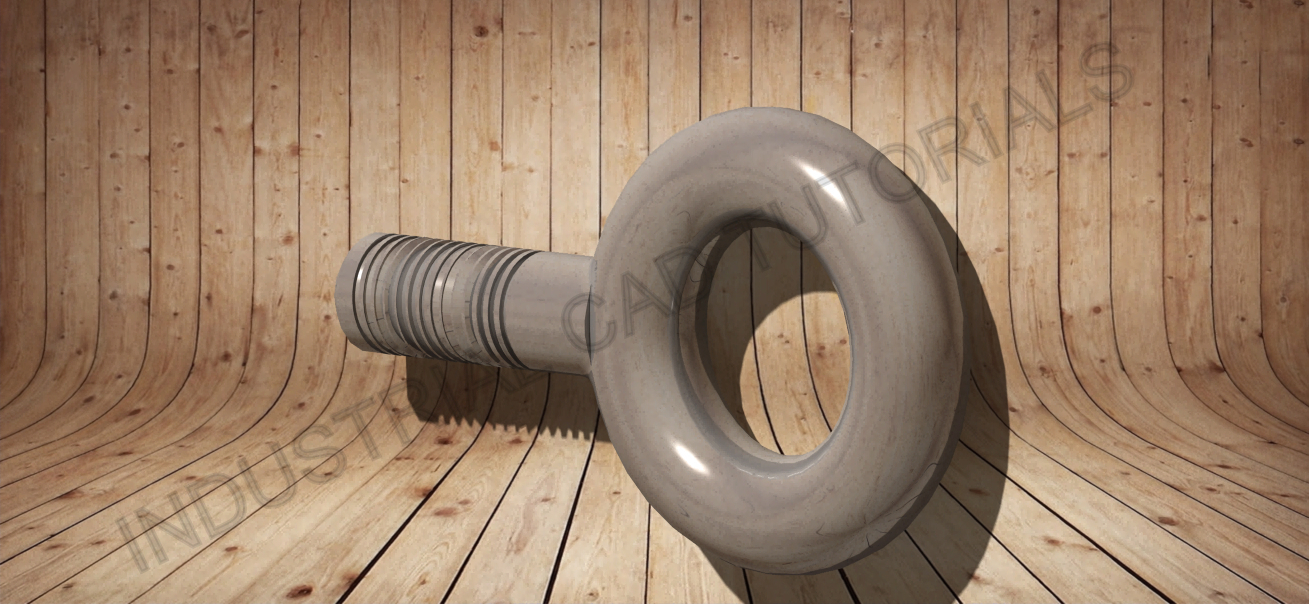Developing fasteners in AutoCAD and CATIA involves creating detailed 2D and 3D representations of various types of fasteners used to join components in mechanical assemblies. Fasteners include screws, nuts, bolts, washers, rivets, and other connectors, which are essential in holding components together securely. AutoCAD and CATIA are powerful computer-aided design (CAD) software tools that can be used to create and model these fasteners.
Below are general steps for developing fasteners in both AutoCAD and CATIA:
1. Choose the Fastener Type:
- Select the appropriate type and size of the fastener based on the assembly requirements, load-bearing capacity, and other design considerations.
2. AutoCAD:
- Start by creating a new drawing in AutoCAD.
- Use 2D drafting tools to create a detailed plan view of the fastener, showing its outline, threads, and head shape.
- For threaded fasteners like screws and bolts, use the “ARRAY” command to create multiple thread lines along the shaft’s length.
- Add dimensions and annotations to specify the fastener’s size, thread pitch, and other critical information.
- If necessary, create separate views of the fastener to show it from different angles.
2. CATIA:
- Open CATIA and start a new Part Design or Generative Shape Design workbench, depending on the complexity of the fastener.
- Use sketches and 3D modeling tools to create the fastener’s 3D representation.
- For threaded fasteners, use the “HELIX” and “SPRING” commands to create the thread profile along the shaft.
- Add features like fillets, chamfers, and countersinks to represent the fastener’s head and other necessary details.
- Utilize CATIA’s advanced surfacing capabilities for complex fastener designs if needed.
3. Detailed Design (Optional):
- Add detailed features like slots, grooves, or flats on the fastener head to aid in tightening or loosening the fastener with specific tools.
- Consider adding surface finishes or other details to enhance the realism of the fastener model.
4. Analysis and Validation:
- If required, perform structural analysis or simulations on the fastener to ensure it can withstand the intended loads and stresses.
5. Documentation and Collaboration:
- Create detailed engineering drawings and documentation for manufacturing and assembly.
- Share the design files with relevant stakeholders, such as manufacturers or assembly teams, for feedback and collaboration.
Developing fasteners requires precision in representing the correct size, thread pitch, and head shape. Engineers with expertise in fastener design and relevant industry standards should be involved in the process. Both AutoCAD and CATIA provide the necessary tools to create accurate and detailed fastener models, with CATIA being preferred for more complex designs due to its advanced 3D modeling capabilities.

